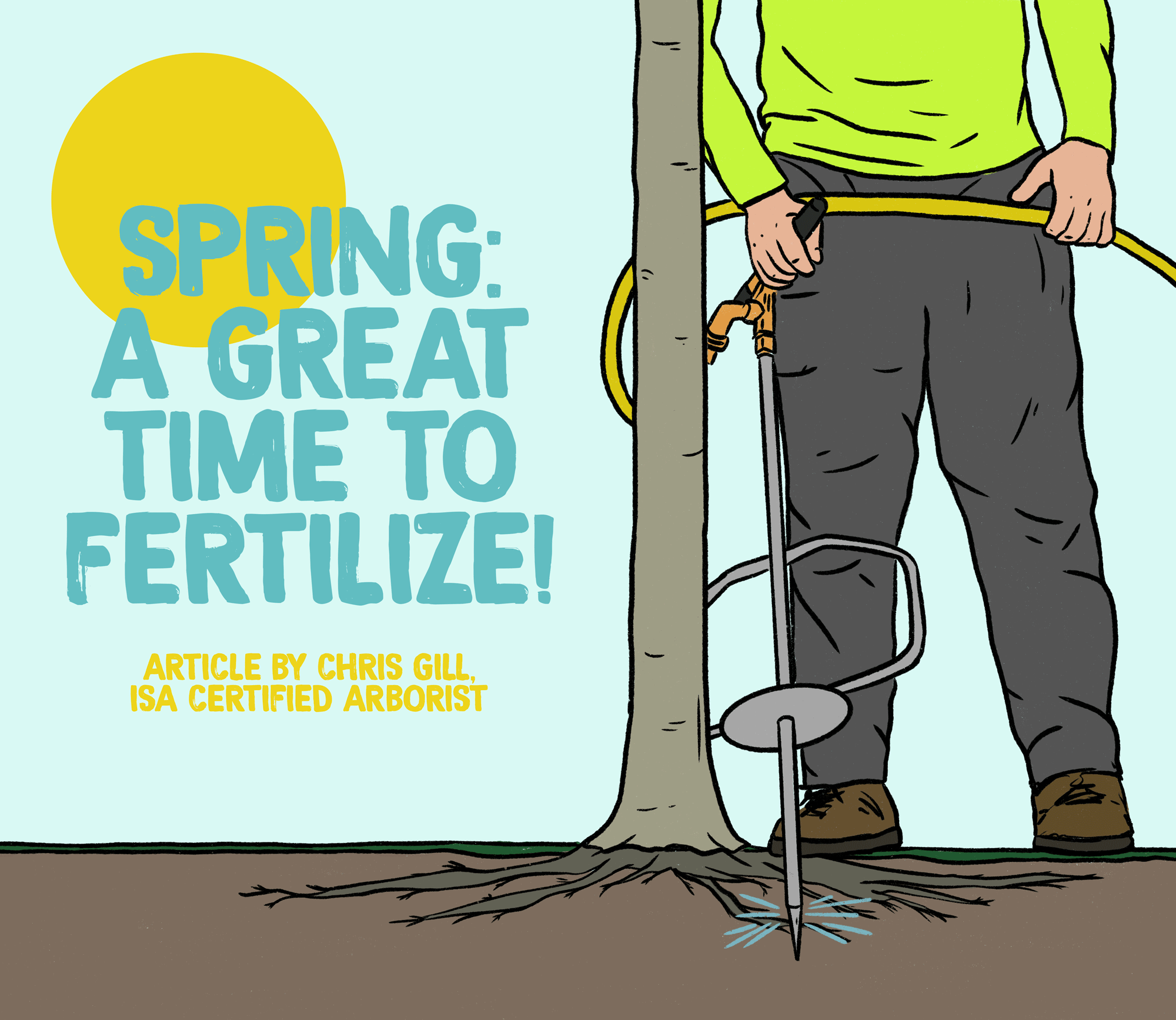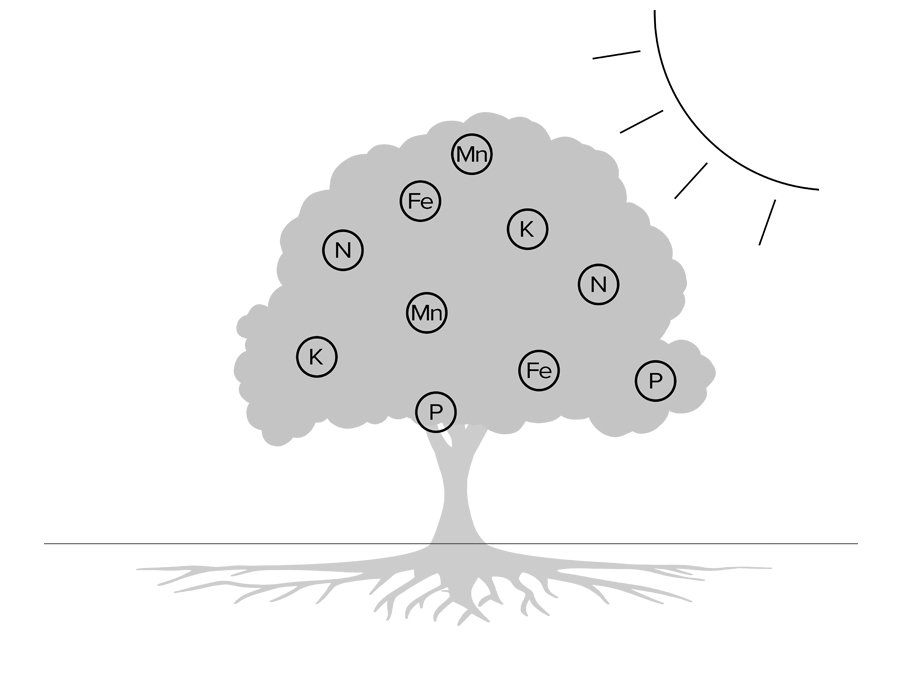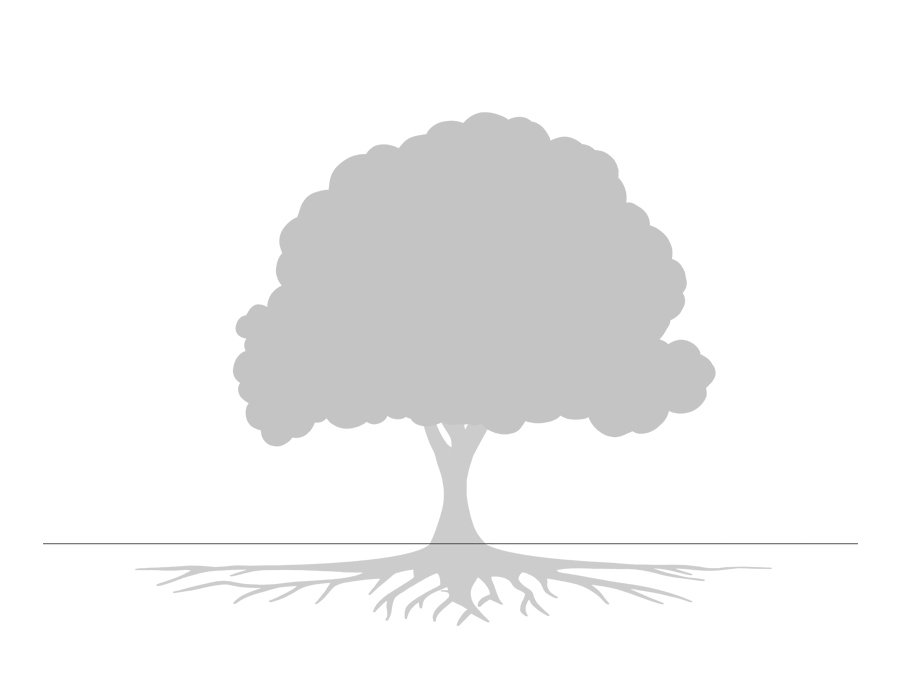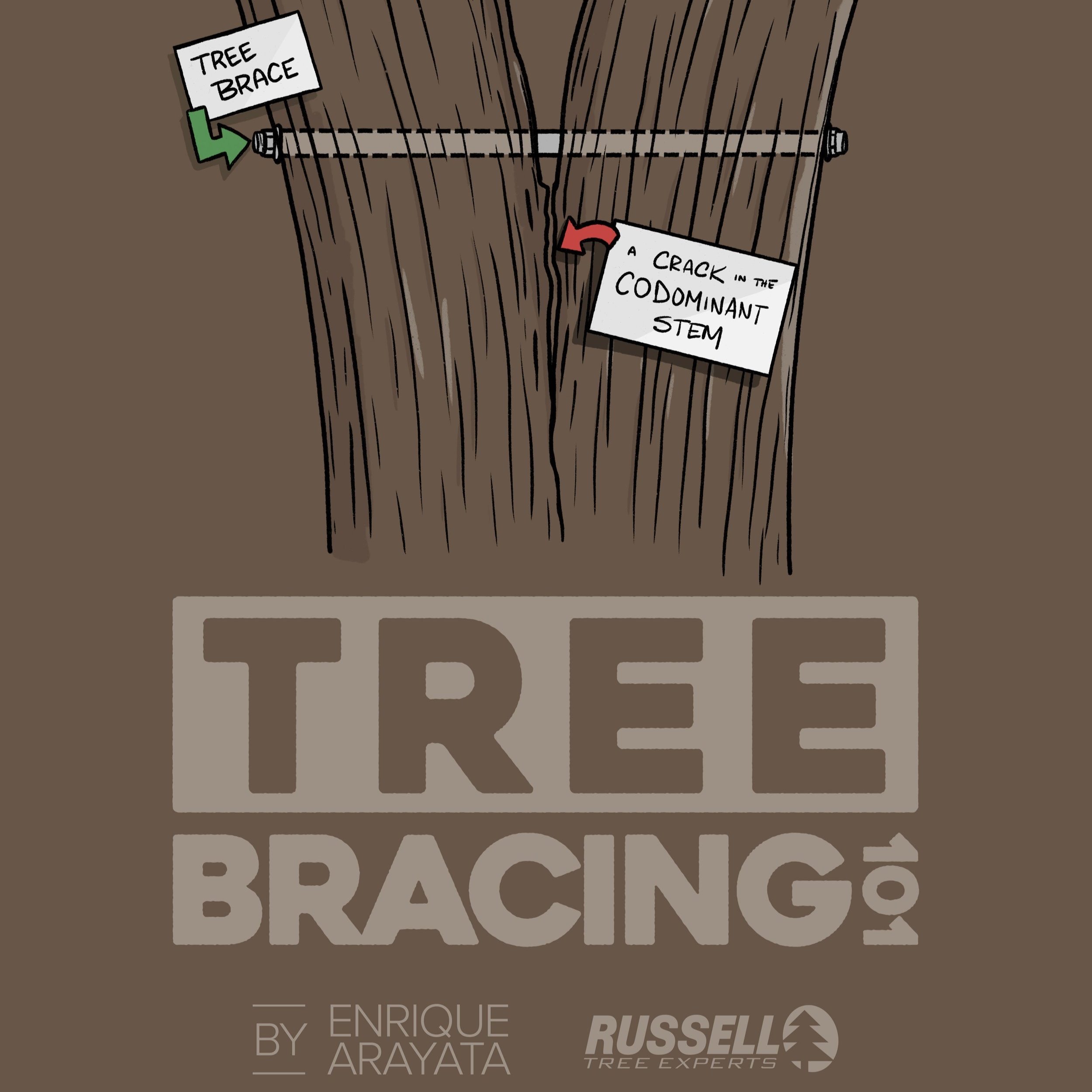By Chris Gill
March 7, 2024
Dear Reader,
Spring is a great time to fertilize trees. As the soil begins to warm up, feeder roots become active and begin to look for nutrients in the soil. A general Spring fertilization provides trees with a boost of macronutrients (typically nitrogen, phosphorus, and potassium) which are essential to trees as they enter the challenges of a new growing season and require energy to develop new leaves, branches, and roots. Spring fertilization can also benefit trees recovering from the winter stresses of cold temperatures, desiccating winds, and potential exposure to de-icing products around tree roots.
At Russell Tree Experts, we fertilize trees through a technique called deep-root fertilization. We perform deep-root fertilization by using a lance to inject liquid fertilizer under pressure deep into the feeder root system in a soluble form that is easy for the tree to take up. This is superior to a traditional surface application where a granular fertilizer is spread over the root system of a tree but still requires time for the product to break down and work itself into the soil. Deep-root fertilization allows nutrients to pass by the competitive roots of turf, weeds, and other ground covers to maximize uptake for the tree. The process of deep root fertilization also helps to loosen up compacted soil around the tree to promote better root growth while also allowing water and oxygen to more easily reach the roots. Compacted soil is a common problem in urban landscapes and can reduce a tree’s ability to access nutrients.
Trees that are showing dieback in the canopy, poor leaf color, stunted growth, or low vigor are all great candidates for fertilization. When putting together a fertilization plan, it is important to also consider tree type and location. Most trees benefit from a general fertilization, but many tree species may require more specific nutrients. Some of these nutrients can be lacking in urban and highly developed environments. For example, many woodland species that grow naturally in low-lying areas (ex: river birch, pin oak, and red maple) often require the addition of manganese to a fertilization program for long-term health and vigor when planted in a residential neighborhood. The specific nutrient for which a tree is deficient may not always be obvious, especially in a young or newly planted tree, but can be determined easily through soil and tissue testing. Russell Tree Experts can provide these testing services as needed.
Trees in native areas are less likely to require fertilization. This is due to the less disturbed nature of the soil and to the natural breakdown of leaves, sticks, and other organic matter continually providing nutrients to the soil or a “natural fertilization.” Trees in urban or highly developed areas are less likely to experience “natural fertilization” due to interference from hardscapes and through regular landscape maintenance practices including raking out yards and landscape beds.
Soil quality is the key to good tree health and longevity and Spring fertilization is a great way to start the soil improvement process. There are various considerations that are made when selecting a fertilizer for your trees including the type of tree and the location of the tree in your landscape. Consulting with one of our certified arborists can help determine the specific nutritional needs of your trees and get the process started!
Sincerely,
Chris Gill I Regional Manager, Russell Tree Experts
Chris joined Russell Tree Experts in 2015 and has been in the green industry for over 15 years. When not at RTE, he enjoys spending time with wife & son, wakeboarding, and hunting. His favorite trees are the white oak & sugar maple for their beauty and uses beyond the landscape. Chris is an ISA certified arborist, EHAT certified, CPR and first aid certified, holds an ODA commercial pesticide license, and holds a tree risk assessment qualification (TRAQ).










